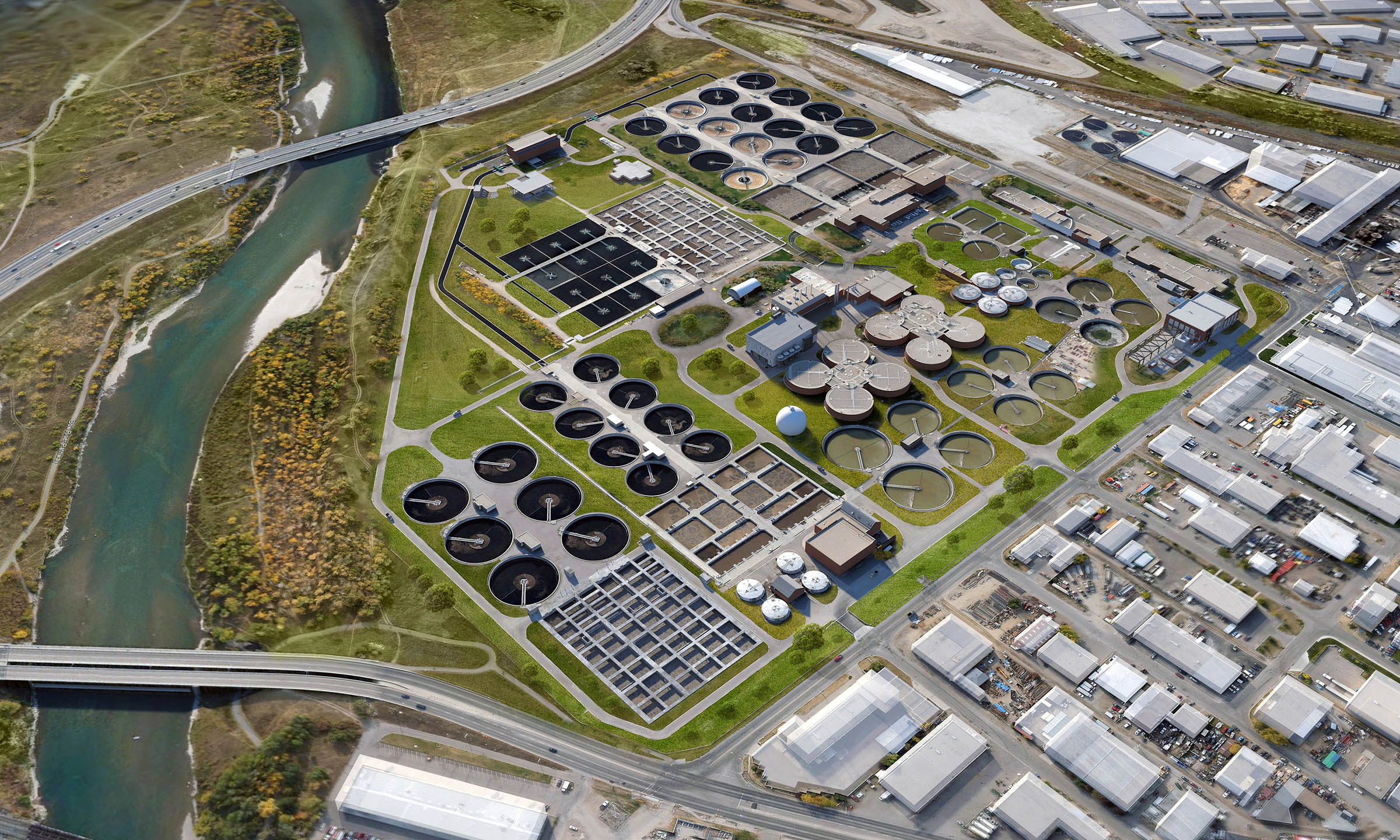Strategic Approaches to Improve Drainage Treatment Performance and Minimize Environmental Impact
In the world of waste water treatment, the mission for improved performance and lowered environmental influence is a continuous difficulty that requires critical solutions. As society faces the necessary to take care of water sources sustainably, a nuanced strategy comes to be crucial. The integration of advanced treatment innovations, energy-efficient processes, resource recuperation techniques, improved nutrient elimination techniques, and wise surveillance and control systems stands for a diverse structure for attending to these pushing concerns. What lies at the core of this facility web of approaches is the potential to change the means we come close to waste water therapy, not just as a procedure of disposal, yet as a beneficial opportunity for advancement and ecological stewardship.
Advanced Treatment Technologies
Sophisticated membrane layer purification systems have reinvented sophisticated wastewater therapy processes, dramatically boosting the removal of contaminants. These innovative systems work forcibly water with a semi-permeable membrane layer, efficiently separating contaminations from the water stream. The membrane layer's tiny pores trap toxins such as bacteria, viruses, and put on hold solids, allowing only cleansed water to pass through. This modern technology has actually confirmed to be very efficient in eliminating a wide variety of contaminants, including drugs, heavy metals, and natural compounds, which are commonly testing to get rid of through traditional treatment techniques.
In addition, membrane filtering systems use countless benefits over standard treatment techniques. They call for less space, produce higher-quality effluent, and are much more immune to variations in influent water top quality. Additionally, these systems are highly functional and can be easily incorporated right into existing therapy plants or made use of as standalone systems for decentralized applications. As the need for tidy water continues to rise, the adoption of innovative membrane layer filtration technologies is important to make certain lasting and efficient wastewater therapy practices.
Energy-Efficient Processes
The integration of energy-efficient procedures in wastewater treatment systems is important for enhancing source use and lowering functional prices. One vital strategy to improving power effectiveness in wastewater treatment is the utilization of innovative oygenation systems, such as great bubble diffusers or surface aerators, which can improve oxygen transfer effectiveness and lower energy consumption.
In addition, enhancing procedure control and automation with the usage of advanced sensing units and keeping track of systems can improve overall energy performance by adjusting operations in real-time based upon actual demand and conditions. Carrying out power audits and routinely keeping an eye on power efficiency signs are vital techniques to determine locations for improvement and track energy-saving efforts properly. In general, the adoption of energy-efficient procedures in wastewater therapy not just benefits the environment but likewise adds to long-term expense savings and functional sustainability.
Source Healing Techniques
With an emphasis on optimizing resource use and sustainability in wastewater treatment systems, the implementation of source recuperation methods arises as a crucial element in boosting operational effectiveness. Resource healing strategies in wastewater treatment entail the recognition and extraction of beneficial resources from the waste stream, thereby turning what was once thought about waste into an important property. By applying source recovery methods such as nutrient removal and recovery, power generation from organic issue, and the production of recyclable water, wastewater therapy plants can lessen environmental impact while making best use of performance.

Improved Nutrient Elimination Strategies
Applying sophisticated nutrient removal methods is essential for optimizing the effectiveness of wastewater therapy systems. One of the essential techniques used for enhanced nutrient removal is the process of organic nutrient elimination (BNR), which includes the elimination of helpful site nitrogen and phosphorus try this out via organic procedures.

Along with BNR, advanced therapy approaches such as membrane layer bioreactors (MBRs) and constructed wetlands can also be employed to boost nutrient removal performance. MBRs use membranes to accomplish top quality effluent requirements by efficiently eliminating nutrients and suspended solids. Constructed marshes resemble natural wetland processes to eliminate nutrients via plant uptake, microbial activity, and sedimentation. By integrating these sophisticated nutrient removal strategies right into wastewater treatment municipalities, industries and systems can successfully reduce nutrient pollution and shield the environment.
Smart Tracking and Control Systems
Making use of innovative technology, the integration of smart surveillance and control systems changes the functional efficiency of wastewater treatment centers. These systems integrate sophisticated sensors and data analytics to continuously keep an eye on key criteria such as pH degrees, turbidity, dissolved oxygen, and flow prices in real-time. By accumulating and assessing this data, operators can obtain beneficial understandings into the performance of the treatment procedures, allowing positive changes to optimize treatment effectiveness.
Smart monitoring and control systems additionally support remote surveillance abilities, allowing operators to accessibility real-time information and control features from off-site locations. This remote ease of access improves operational versatility and responsiveness, making it possible for swift treatments in situation of system breakdowns or changes in influent top quality. Furthermore, the anticipating upkeep capabilities of these systems aid protect against tools failings and lessen downtime, ultimately boosting the total dependability of wastewater treatment operations (Waste Water Treatment).
Conclusion
To conclude, critical strategies such as sophisticated therapy innovations, energy-efficient processes, read this post here resource recuperation methods, enhanced nutrient removal techniques, and smart tracking and control systems play a vital duty in improving wastewater treatment effectiveness and lessening ecological effect. By implementing these techniques, wastewater treatment plants can boost their total performance, lower energy consumption, recoup beneficial sources, and make certain conformity with ecological laws. These strategies are necessary for sustainable and effective wastewater administration practices.

In verdict, tactical techniques such as innovative therapy technologies, energy-efficient processes, source recovery approaches, boosted nutrient removal strategies, and wise tracking and control systems play a crucial function in improving wastewater treatment efficiency and lessening environmental effect.